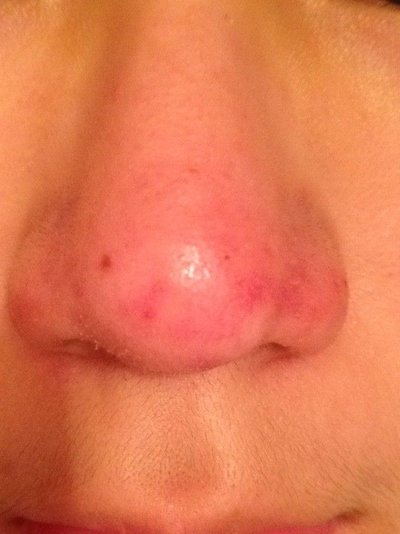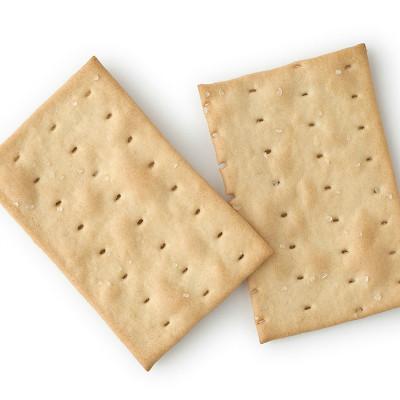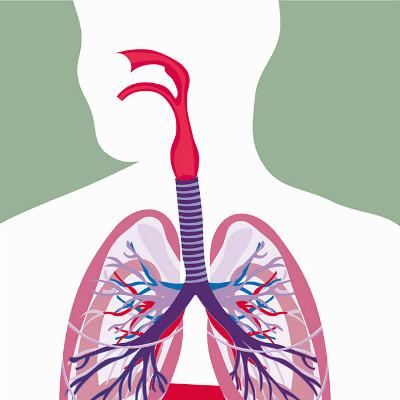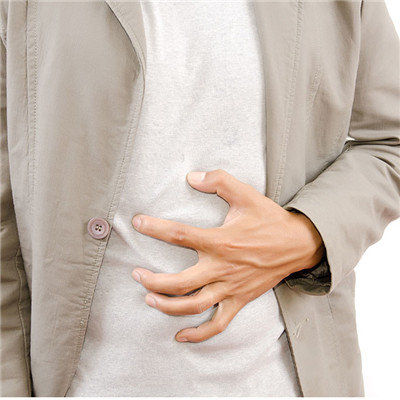Initial symptoms of mandibular cyst?
summary
Jaw cyst refers to a cystic mass containing liquid in the jaw, which gradually increases and the jaw expands and destroys. According to the etiology, it can be divided into odontogenic and non odontogenic types; Non odontogenic cysts can be formed by the development of the epithelium remaining in the jaw during embryonic development, such as facial cleft cysts, blood extravasation cysts caused by injury and aneurysmal bone cysts. Initial symptoms of mandibular cyst? Let's talk about it
Initial symptoms of mandibular cyst?
Jaw cysts mostly occur in young adults, can occur in any part of the jaw. Apical cysts mostly occur in the upper and lower anterior teeth. Dentigerous cysts mostly occur in the mandibular third molars, and the maxillary canine area is also a common site. Keratocysts mostly occurred in the mandibular third molar and mandibular ramus. Dentigerous cysts grow slowly without conscious symptoms at the initial stage. If they continue to grow and bone gradually expands around, facial deformity will be formed. The teeth in the mouth were loose, displaced and tilted.

Jaw progressive painless swelling, slow progress, mostly without conscious symptoms. The bigger one had ping-pong ball like pressure and elasticity. There are often lesions of teeth (root end cyst) or missing teeth. Cholesterol crystals could be seen under the microscope. Keratocysts (a type of jaw cysts) have milky white keratins or sebum like fluid.

On X-ray plain film, jaw cyst showed round or oval hypodense area with clear boundary, smooth and sharp edge, which could be single chamber or multi chamber. With the accumulation of cyst fluid, the cyst has a certain expansibility, which can cause the displacement of adjacent teeth, and a few teeth can be absorbed. The surrounding bone was absorbed, and the wall of capsule cavity was dense white line (cortical line).

matters needing attention
Patients with large jaw cysts, especially the elderly. Because of the large range of osteotomy, complicated operation, easy to lead to facial deformity after operation, the elderly can not afford large-scale operation and other characteristics, so many advocate the use of cyst fenestration decompression, reduce the scope of lesions, restore jaw shape, according to the specific situation after fenestration to choose the appropriate treatment.













